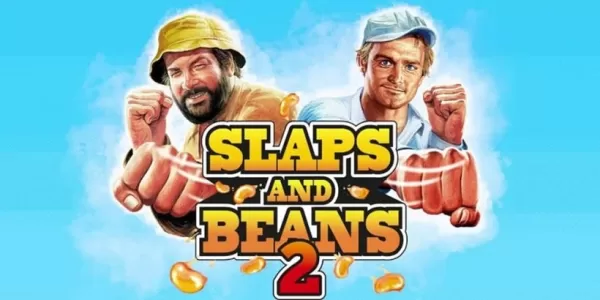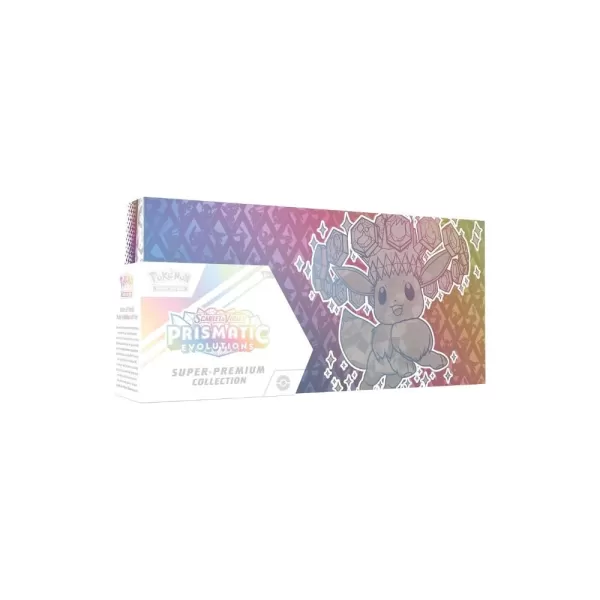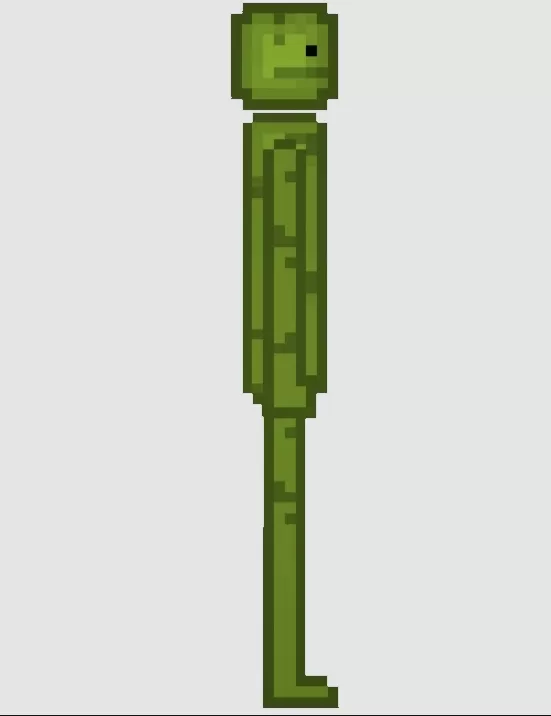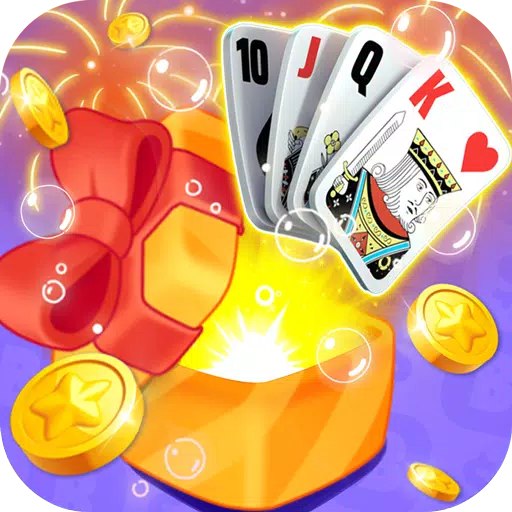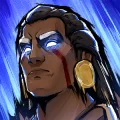In 2015, the French studio Don't Nod set a new standard for interactive dramas with Life is Strange, a captivating adventure that celebrated the beauty of everyday moments, the strength of unbreakable friendships, and the relentless march of time. Players were drawn in by its meticulous attention to detail, the freedom to explore the game's world, and the ability to significantly influence the narrative. While Don't Nod experimented with various genres in subsequent projects, none recaptured the magic that Life is Strange instilled in fans' hearts.
Years later, Don't Nod returns to its storytelling roots with Lost Records: Bloom & Rage, a coming-of-age tale that transcends mere interactive cinema. It's a heartfelt tribute to a bygone era and the essence of carefree youth. With its nostalgic atmosphere, vivid characters, and impactful choices, Lost Records captures players' imaginations.
Table of Content
- Friends Reunite to Uncover Secrets from the Past After 27 Years
- Choices Still Impact Surroundings, Dialogues, and Relationships
- Bloom & Rage Creates Beautifully Imperfect Characters
- A Town Worth Dreaming About
- Slow-Paced Plot The Defining Feature of the Story
Friends Reunite to Uncover Secrets from the Past After 27 Years
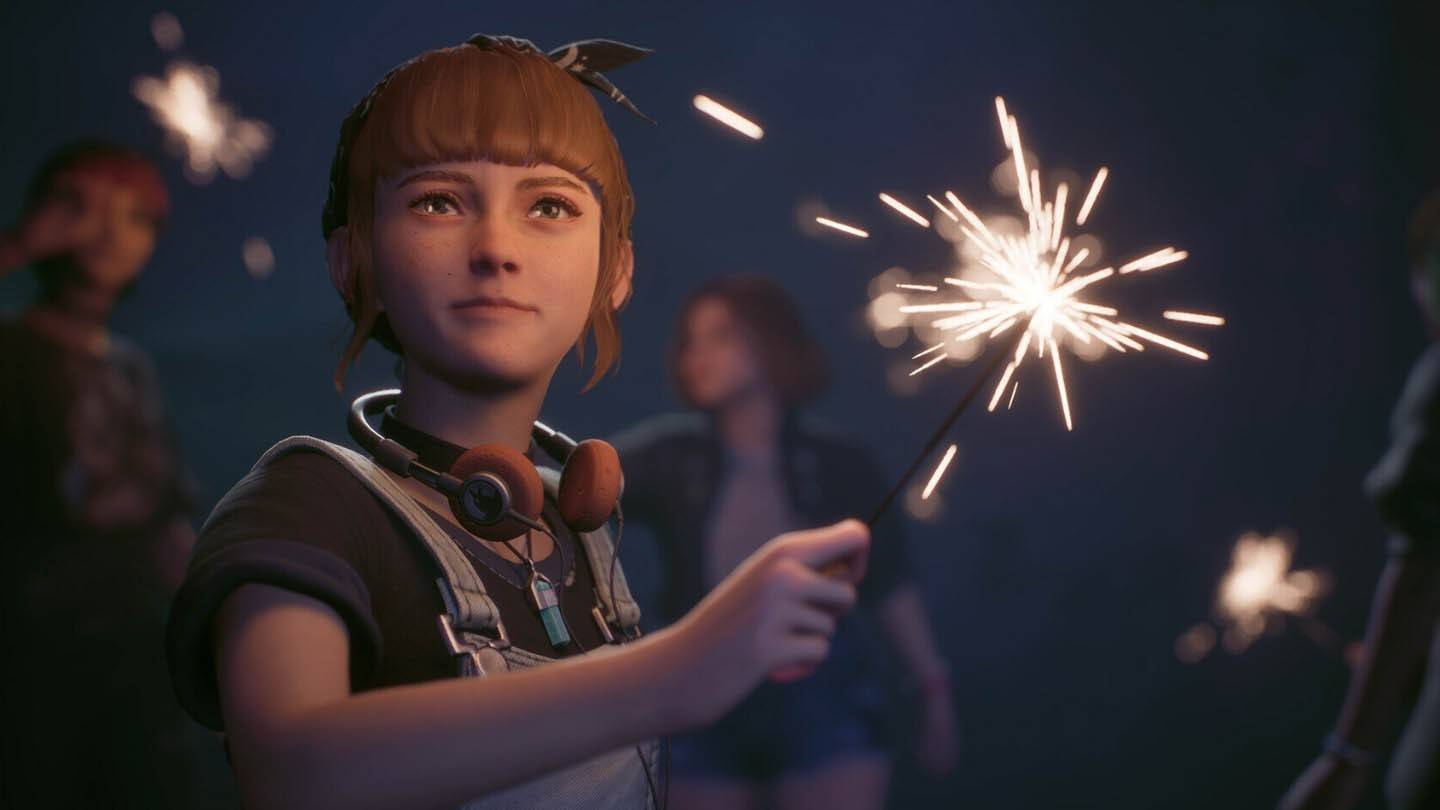 Image: ensigame.com
Image: ensigame.com
At the core of Lost Records lies the story of four women whose friendship abruptly ended 27 years ago. The protagonist, Swan Holloway, returns to her hometown of Velvet Bay for a reunion, only to find a mysterious package from their past has been sent to them. The narrative weaves through a forest, an abandoned house, and secrets that should perhaps remain buried, reviving forgotten memories. This encapsulates the essence of Bloom & Rage: a summer night's dream relived.
The story unfolds across two timelines: one set in the idyllic summer of 1995, and the other in 2022, where the heroines, now in their forties, sit in a bar, their smiles tinged with awkwardness as they skirt around the incident that tore them apart. The game cleverly shifts to first-person perspective to highlight the contrast between past and present.
However, the bulk of the gameplay occurs in the past, where players explore breathtaking locations, nurture relationships, and document events using a vintage HVS camera. Video recording is central to the experience, much like Max in Life is Strange, Swan films graffiti, wildlife, people, and even hints of the paranormal.
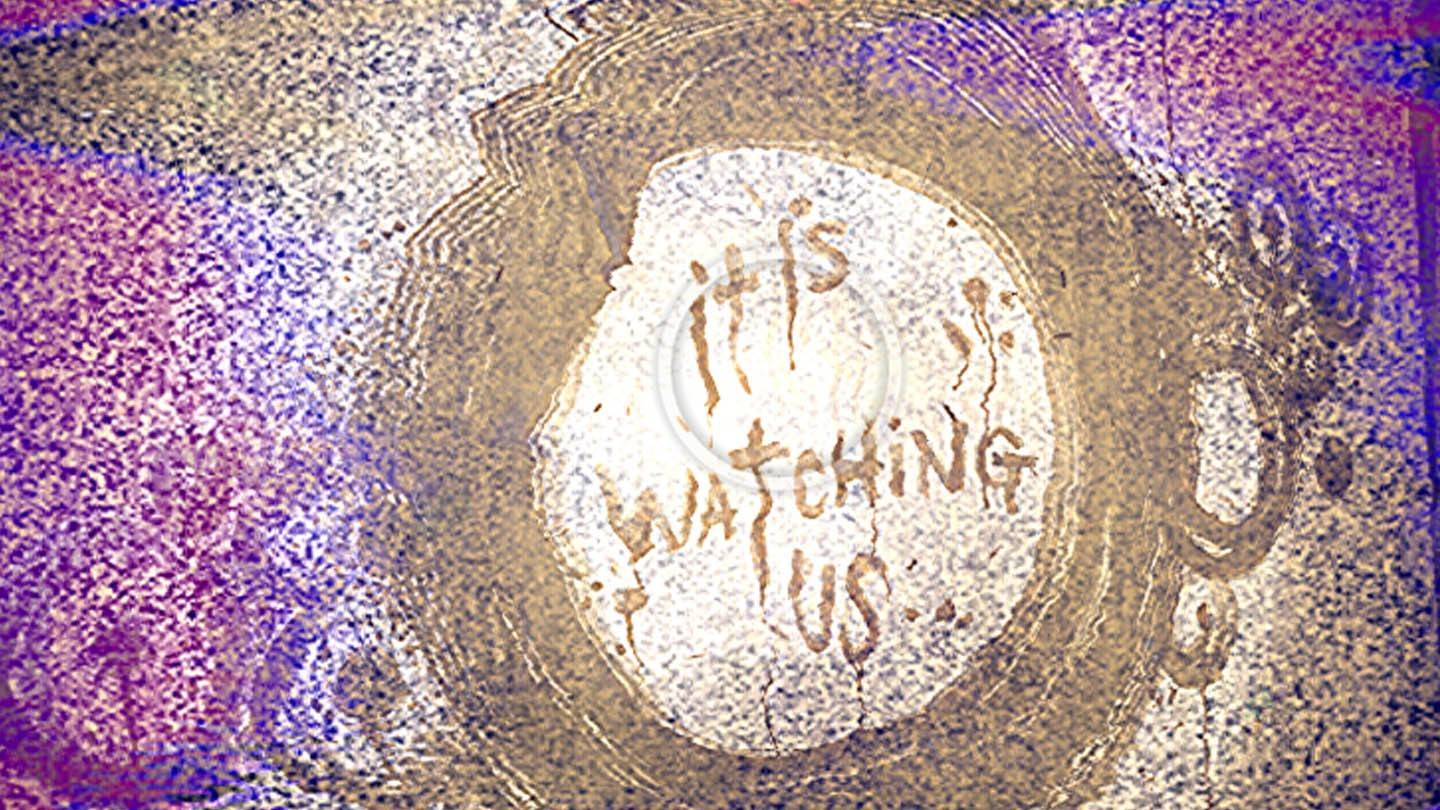 Image: ensigame.com
Image: ensigame.com
In a dedicated menu, players can edit their collected footage into short films, categorized by themes, with Swan providing commentary on the results. Some of these documentaries influence the storyline, although they don't alter its course significantly.
Throughout the game, choices made by players have both immediate and long-term effects on the narrative, though the episodic format means fewer long-lasting impacts are currently evident.
Choices Still Impact Surroundings, Dialogues, and Relationships
Lost Records excels in its interactivity and attention to detail, hallmarks of Don't Nod's work.
For example, when Swan expresses a craving for ice cream from a nearby truck, players can choose to fulfill her desire or continue with other tasks. Delaying can lead to the truck closing, altering subsequent conversations.
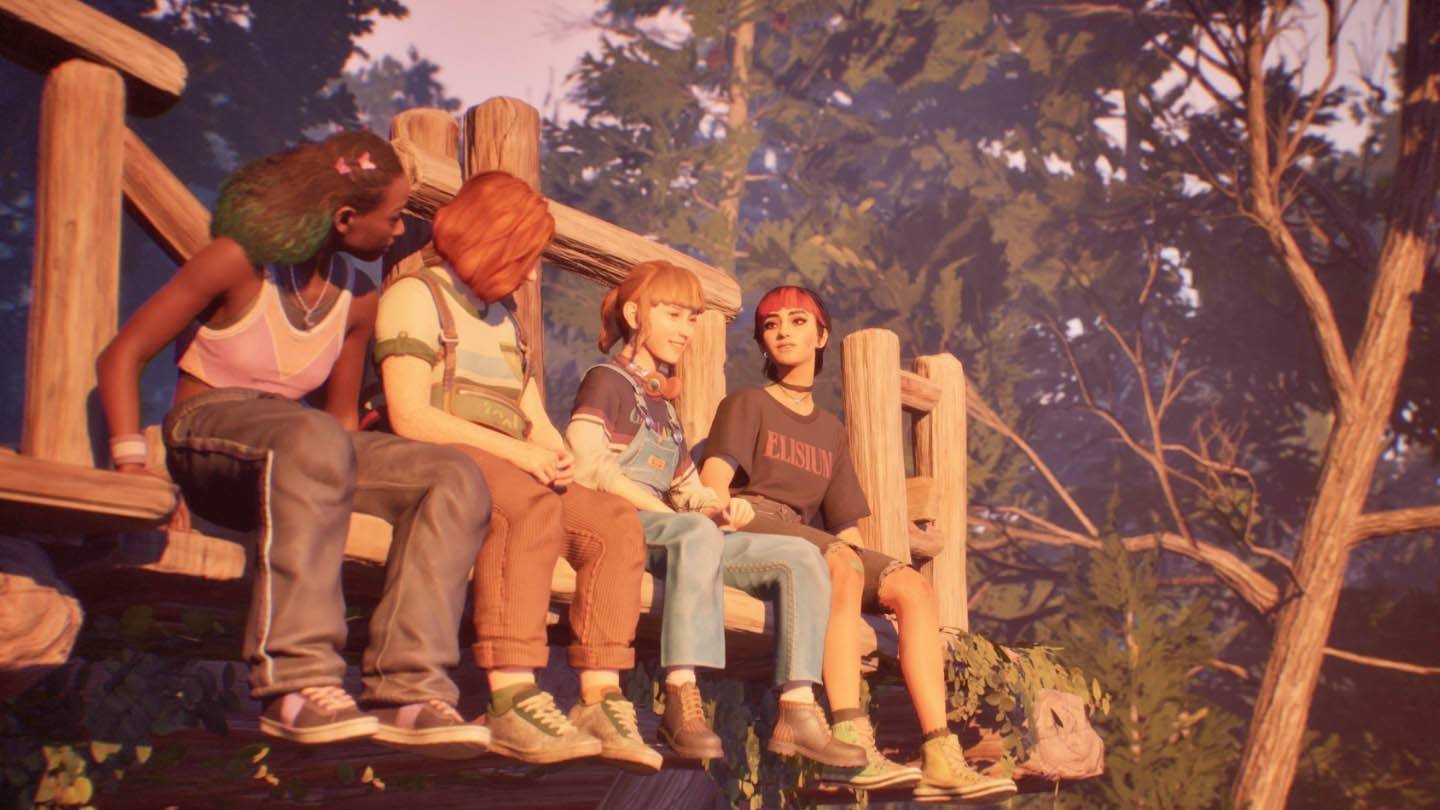 Image: ensigame.com
Image: ensigame.com
The game's world feels alive and dynamic, enhancing its charm. Dialogues unfold in real-time, reminiscent of Oxenfree and Telltale games, with characters interrupting each other, changing topics, and offering silence as an option. Sometimes, saying nothing is the best choice to avoid revealing a secret impulsively.
Players have the freedom to build relationships as they see fit. It's not necessary to seek everyone's approval; if a character doesn't appeal, they can simply be ignored. Swan, though shy, can be encouraged to open up, enriching the player's experience.
Bloom & Rage Creates Beautifully Imperfect Characters
 Image: ensigame.com
Image: ensigame.com
Don't Nod has a knack for crafting characters that feel authentic. They're loud, occasionally clumsy in their youthful idealism, yet fundamentally sincere.
While I once critiqued the main cast of Life is Strange: Double Exposure for lacking depth, Lost Records proves that the issue lies not with the genre but with the execution. Don't Nod's character development remains unmatched.
Swan is endearing—an ordinary 16-year-old who struggles with self-doubt, overthinks her words, and hides behind her camera. Though reminiscent of Max Caulfield from Life is Strange, Swan is no mere copy; she's a fresh take on the archetype.
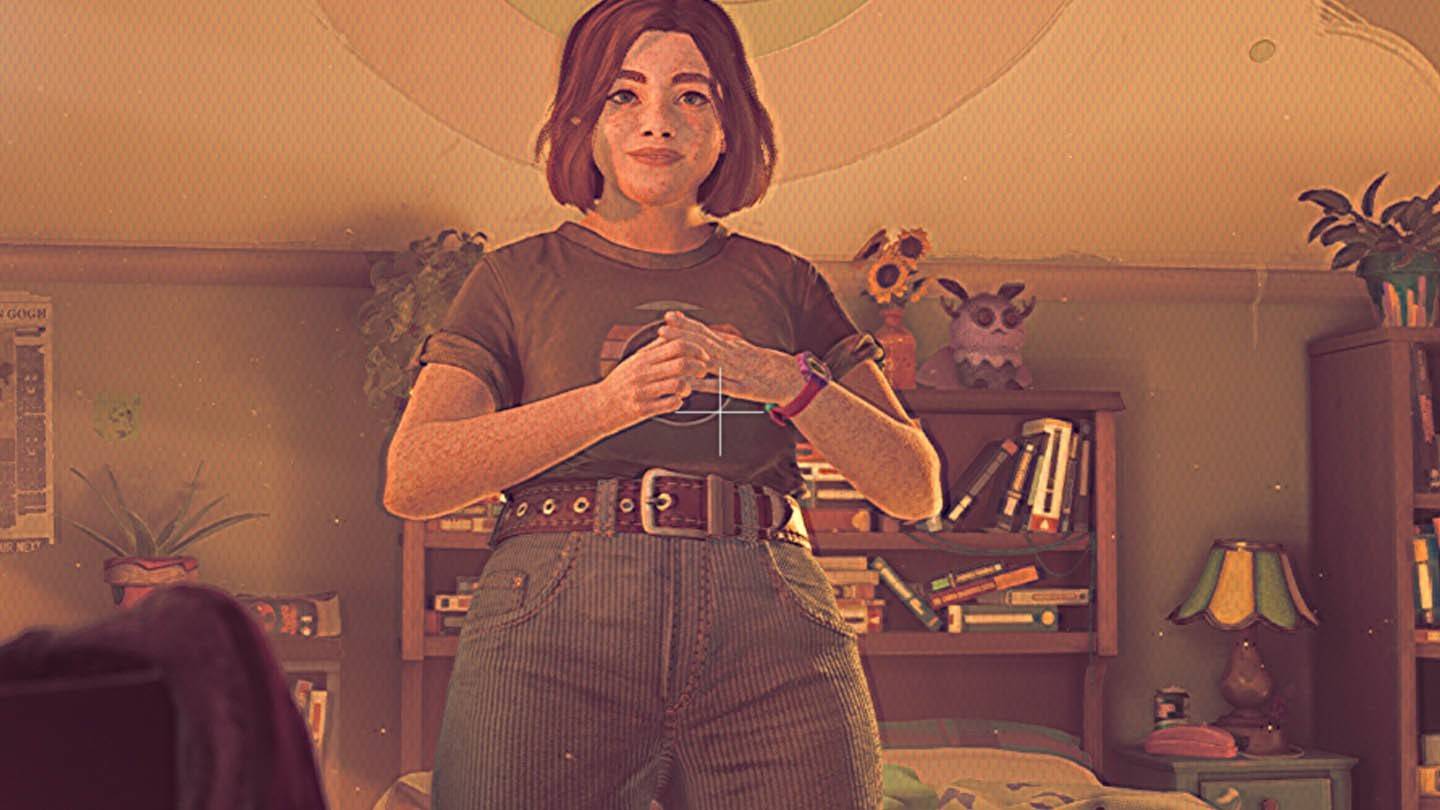 Image: ensigame.com
Image: ensigame.com
Her friends—Ottem, Kate, and Nora—fit familiar tropes but transcend them. Nora, the punk girl with vibrant hair and big American dreams, surprisingly emerges as the most cautious. Kate, the passionate writer, often encourages wild adventures, urging Swan to be bolder. Ottem values thoughtful and serious individuals.
In their company, players relive the feeling of being a teenager who believes they know everything about life, regardless of their actual age. Lost Records is a journey through time—not just into youth but also into the heart of the '90s.
A Town Worth Dreaming About
Nostalgia permeates every facet of Lost Records. Swan's room, brimming with '90s relics like bulky TVs, tapes, floppy disks, tamagotchis, Rubik's cubes, and troll dolls, is a treasure trove for millennials. Each item beckons for closer inspection and evokes a mix of admiration and nostalgia.
The game is rich with Easter eggs nodding to pop culture: Sabrina, The X-Files, Tank Girl, The Goonies, Twilight, Casper, Revenge of the Nerds, and beyond, including video games like Oxenfree, Night in the Woods, Control, and Life is Strange, along with books and music such as House of Leaves, Nine Inch Nails, and Nirvana.
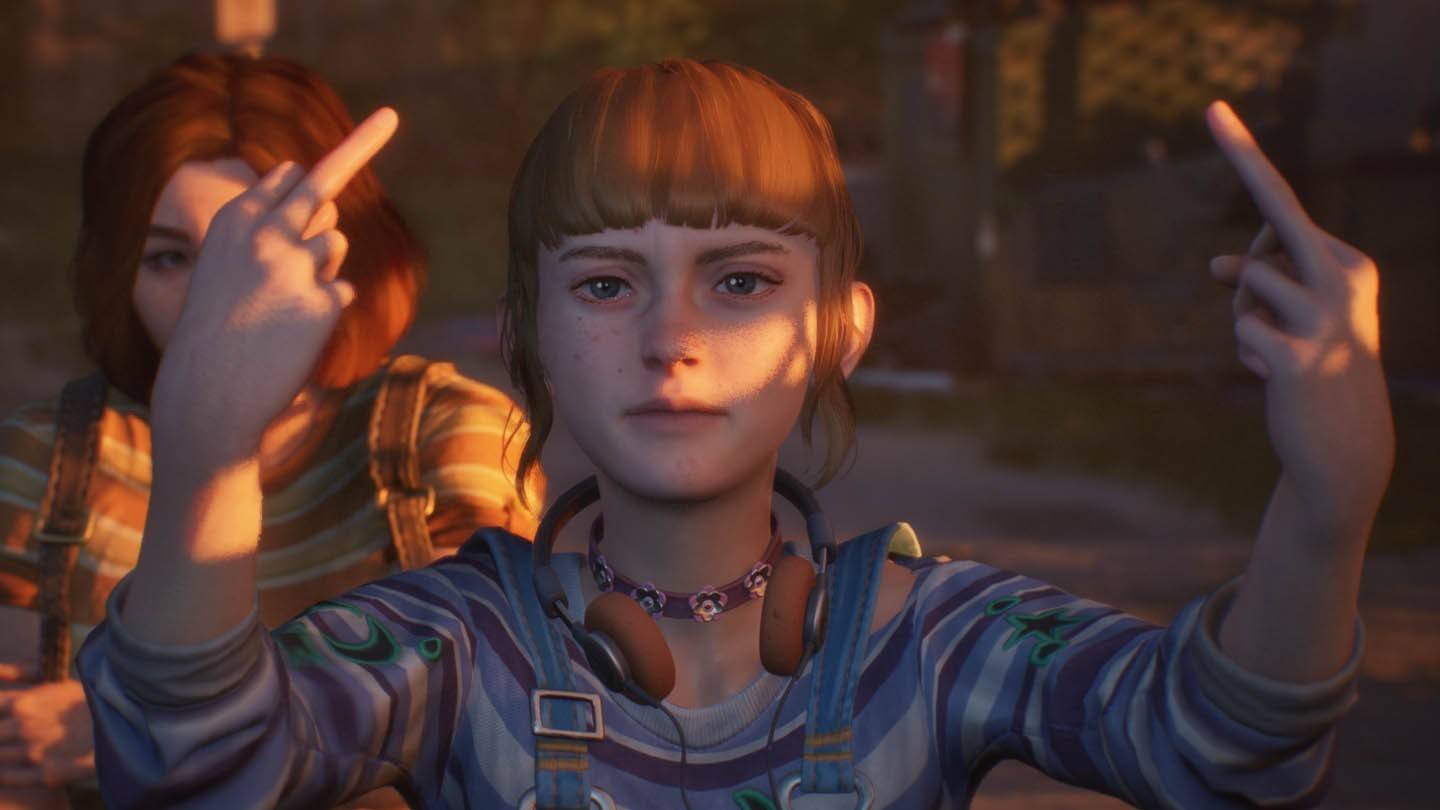 Image: ensigame.com
Image: ensigame.com
The plot subtly references Stephen King's It, set 27 years after the characters last met.
The soundtrack deserves special mention. Don't Nod's selection of dream-pop and indie-rock tunes, including the standout track "See You in Hell," perfectly complements the game's atmosphere. Initially, I thought the music didn't resonate, but "The Wild Unknown" has lingered in my mind for days.
Thanks to the masterful integration of all these elements, Velvet Bay emerges as the quintessential sleepy American town—cozy by day, eerie by night. The more you explore, the more Bloom & Rage intrigues and confuses.
Slow-Paced Plot The Defining Feature of the Story
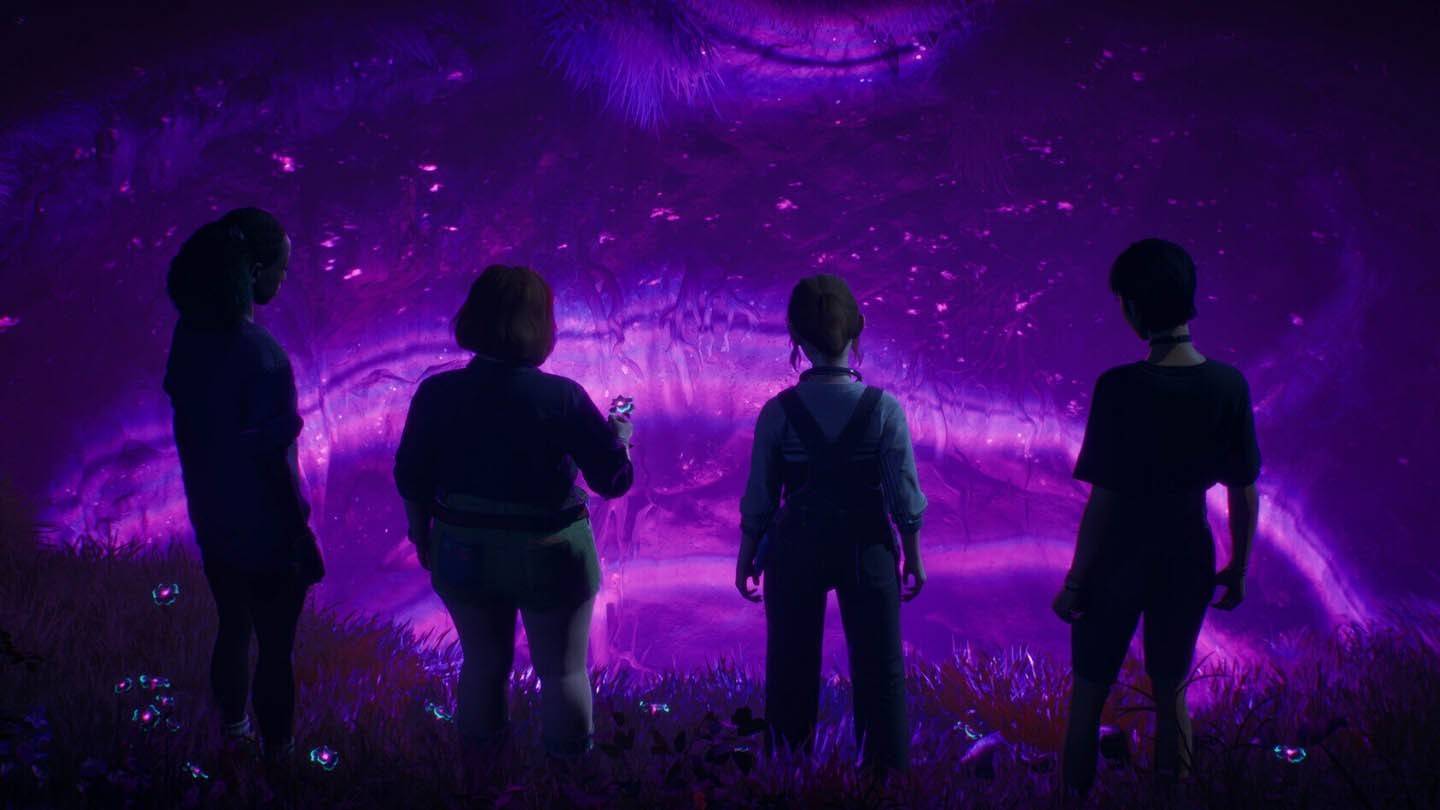 Image: ensigame.com
Image: ensigame.com
The narrative unfolds at a leisurely pace, so much so that you might forget you're playing a mystery game. Unlike Life is Strange, where the transition from teenage life to detective work is relatively swift, Lost Records takes its time. It encourages players to bond with the characters and soak in the '90s atmosphere before the plot veers into darker territory.
This slow build-up isn't a flaw for me, but it might not suit everyone's taste. The tension ramps up in the second half of the first episode (or "reel"), culminating in a gripping cliffhanger that sets the stage for more excitement in the next installment. This leaves players eager to speculate and theorize, exactly what Don't Nod intended.
Lost Records: Bloom & Rage transports players to the '90s, whether they've lived through them or not. It's a game that knows its audience and embraces its identity. With relatable characters, engaging interactions, and the potential for a compelling story, it has all the ingredients for success in its genre. The true measure of its impact will be revealed with the release of the second part on April 15th. I eagerly anticipate seeing how Don't Nod weaves their magic once more.

